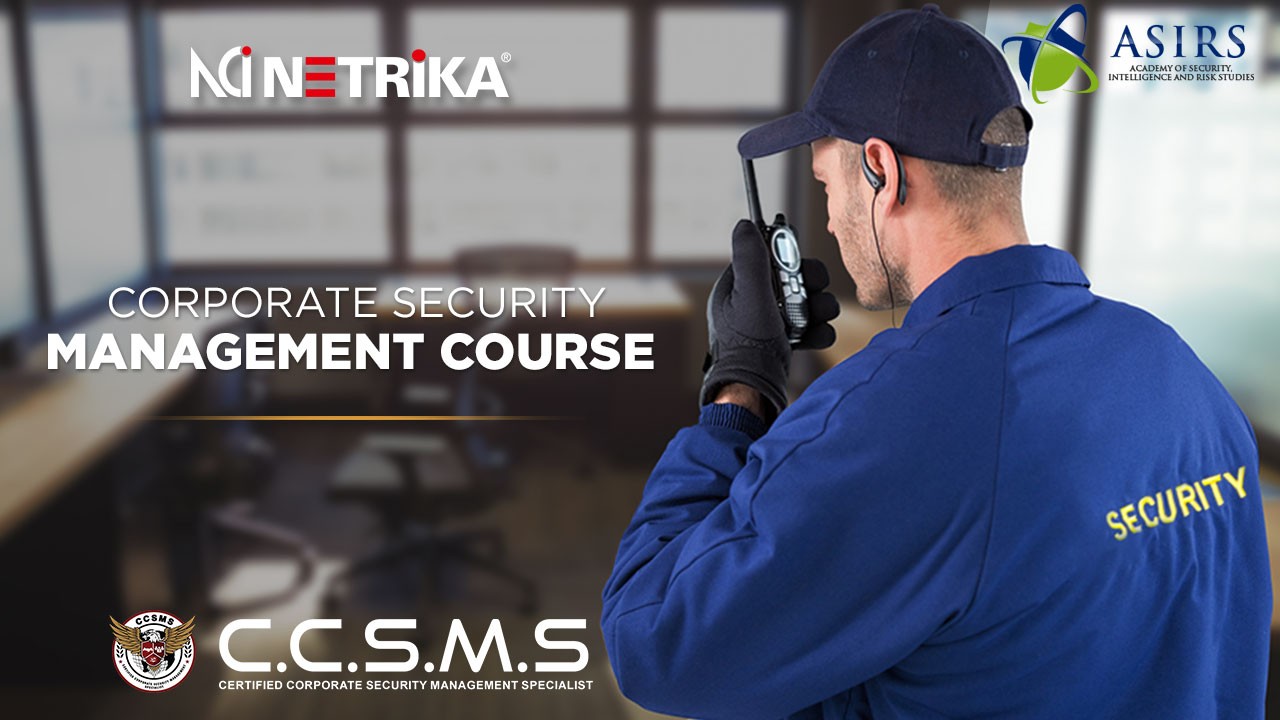Corporate Security Demystified: Strengthening Your Organization Defenses
From Cybersecurity to Physical Steps: Strengthening Business Security in a Transforming Globe
By incorporating the toughness of both cybersecurity and physical protection, business can develop a detailed defense technique that deals with the varied array of dangers they deal with. In this conversation, we will certainly explore the altering risk landscape, the need to integrate cybersecurity and physical safety, the application of multi-factor authentication actions, the importance of employee recognition and training, and the adjustment of safety and security steps for remote workforces. By analyzing these key locations, we will certainly get valuable understandings right into just how organizations can reinforce their corporate safety and security in an ever-changing globe.
Understanding the Transforming Danger Landscape
The progressing nature of the contemporary globe demands an extensive understanding of the changing hazard landscape for effective company security. It is vital for organizations to stay notified and adjust their safety gauges to resolve these advancing hazards.
One secret facet of understanding the changing threat landscape is identifying the various kinds of threats that organizations encounter. Cybercriminals are regularly creating brand-new strategies to exploit vulnerabilities in computer systems and networks. These risks can range from malware and ransomware strikes to phishing scams and social engineering strategies. Furthermore, physical dangers such as burglary, criminal damage, and business espionage remain common issues for services.
Monitoring and examining the danger landscape is crucial in order to determine prospective dangers and vulnerabilities. This entails staying upgraded on the most recent cybersecurity fads, evaluating threat intelligence records, and performing normal danger evaluations. By understanding the transforming danger landscape, organizations can proactively execute suitable security measures to minimize dangers and protect their assets, online reputation, and stakeholders.
Integrating Cybersecurity and Physical Safety
Integrating cybersecurity and physical safety is crucial for detailed corporate security in today's electronic and interconnected landscape. As organizations significantly rely on modern technology and interconnected systems, the boundaries between physical and cyber risks are coming to be blurred. To effectively protect versus these risks, an all natural method that integrates both cybersecurity and physical safety and security procedures is necessary.
Cybersecurity focuses on protecting electronic possessions, such as networks, systems, and information, from unauthorized gain access to, disturbance, and burglary. Physical safety and security, on the various other hand, includes steps to safeguard physical assets, people, and centers from susceptabilities and threats. By incorporating these two domain names, companies can deal with susceptabilities and hazards from both physical and electronic angles, thereby improving their general safety and security pose.
The assimilation of these 2 disciplines enables an extra extensive understanding of safety dangers and makes it possible for a unified reaction to occurrences. As an example, physical accessibility controls can be improved by incorporating them with cybersecurity methods, such as two-factor verification or biometric recognition. Cybersecurity steps can be matched by physical safety and security steps, such as surveillance video cameras, alarms, and secure access points.

Applying Multi-Factor Verification Measures
As companies significantly prioritize comprehensive protection measures, one efficient strategy is the implementation of multi-factor verification measures. Multi-factor authentication (MFA) is a security method that calls for individuals to supply numerous types of recognition to access a system or application. This strategy includes an added layer of protection by integrating something the customer knows, such as a password, with something they have, like a fingerprint or a protection token.
By implementing MFA, organizations can dramatically enhance their security position - corporate security. Standard password-based verification has its restrictions, as passwords can be conveniently compromised or failed to remember. MFA reduces these dangers by including an added verification factor, making it much more hard for unapproved people to obtain accessibility to sensitive information
There are several sorts of multi-factor authentication techniques readily available, consisting of biometric verification, SMS-based confirmation codes, and equipment tokens. more tips here Organizations need to examine their certain demands and select one of the most proper MFA option for their needs.
However, the execution of MFA ought to be very carefully prepared and performed. It is essential to strike a balance in between protection and use to stop customer stress and resistance. Organizations must also consider possible compatibility concerns and offer adequate training and assistance to make sure a smooth shift.
Enhancing Worker Awareness and Training
To enhance company safety, companies have to prioritize boosting employee awareness and training. Many safety violations take place due to human error or lack of understanding.
Reliable employee awareness and training programs should cover a large array of topics, including data security, phishing assaults, social engineering, password health, and physical safety and security procedures. These programs ought to be customized to the details demands and duties of various worker functions within the organization. Normal training sessions, simulations, and workshops can aid staff members create the needed skills and understanding to respond and recognize to safety and security threats successfully.
Moreover, organizations need to motivate a culture of protection recognition and give continuous updates and reminders to maintain workers informed concerning the current risks and reduction techniques. This can be done through inner communication channels, such as e-newsletters, intranet portals, and e-mail campaigns. By cultivating a security-conscious workforce, organizations can dramatically minimize the likelihood of safety incidents and secure their useful assets from unapproved access or compromise.

Adapting Protection Measures for Remote Workforce
Adjusting business security steps to suit a remote labor force is necessary in ensuring the protection of sensitive info and possessions (corporate security). With the raising trend of remote work, organizations should navigate here execute appropriate protection steps to alleviate the risks connected with this brand-new means of functioning
One essential facet of adjusting security measures for remote work is developing secure communication channels. Encrypted messaging platforms and digital exclusive networks (VPNs) can help safeguard delicate info and avoid unauthorized accessibility. In addition, companies ought to impose the use of strong passwords and multi-factor authentication to boost the protection of remote accessibility.
One more crucial factor to consider is the application of protected remote access remedies. This includes supplying workers with protected accessibility to business resources and information via online desktop infrastructure (VDI), remote desktop procedures (RDP), or cloud-based services. These technologies ensure that delicate details stays protected while making it possible for workers to perform their duties successfully.

Lastly, comprehensive safety and security awareness training is essential for remote employees. Training sessions must cover best methods for safely accessing and taking care of sensitive info, recognizing and reporting phishing attempts, and maintaining the overall cybersecurity hygiene.
Verdict
Finally, as the risk landscape continues to progress, it is critical for organizations to reinforce their security gauges both in the cyber and physical domain names. Incorporating cybersecurity and physical security, implementing multi-factor authentication procedures, and boosting employee understanding and training are vital steps towards accomplishing durable business safety. Furthermore, adapting safety and security procedures to accommodate remote workforces is necessary in today's transforming world. By implementing these steps, organizations can minimize threats and secure their important possessions from prospective risks.
In this discussion, we will certainly discover the changing danger landscape, the need to incorporate cybersecurity and physical safety and security, the execution of multi-factor verification measures, the importance of worker awareness and training, and the adaptation of protection procedures for remote labor forces. Cybersecurity measures can be complemented by physical safety and security procedures, such as monitoring cameras, alarms, and safe and secure accessibility factors.
As organizations significantly prioritize detailed security actions, one efficient strategy is the implementation of multi-factor authentication actions.In conclusion, as the hazard landscape continues to develop, it is crucial for organizations to enhance their protection measures both in the cyber and physical domains. Incorporating cybersecurity and physical protection, implementing multi-factor authentication actions, and boosting employee awareness and training are vital actions towards accomplishing durable company protection.